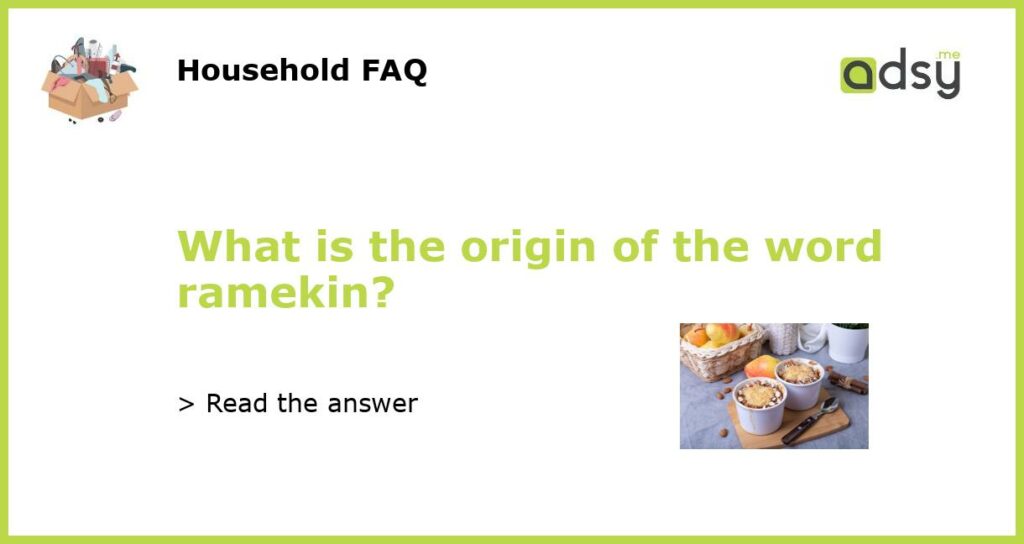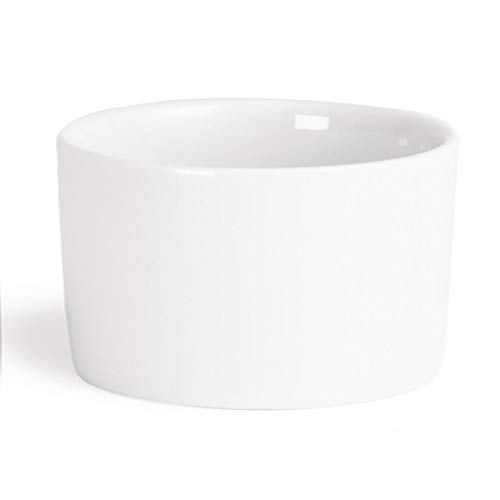The Origin of Ramekin: A Look into the History of the Word
Ramekins are small, oven-safe dishes that are used for cooking and serving a variety of dishes. But have you ever wondered where the word “ramekin” came from? Here’s a look into the history and origin of the word.
A French Connection: The Roots of the Word Ramekin
The word “ramekin” has its origins in the French language. In fact, in French “ramequin” is a diminutive of “rame,” which means a flat dish. The word ramequin was first used in France during the 17th century to refer to small cheese dishes used for cooking and serving cheese fondue.
Ramekins Across Europe: The Spread of the Word
In the 18th century, ramekins became popular across Europe. The Dutch used them as a cookie mold, the Germans as a vessel for serving soup, and the English used them for custards and other desserts.
Ramekins in America: A Twist on the Word
In America, the word “ramekin” took on a slightly different meaning. Instead of referring to a small cheese dish or dessert dish, ramekins were used to serve individual portions of savory dishes like quiche, souffles, and baked eggs. The term “ramakin” was also used and it is still used interchangeably with “ramekin” in some parts of the United States.
The Modern Day Ramekin: Where the Word Stands Today
Today, ramekins are widely used across the globe in both sweet and savory dishes. The word “ramekin” has become an umbrella term for any small oven-safe dish, and aficionados use them for everything from baking individual portions of mac & cheese to serving delicate souffles.






